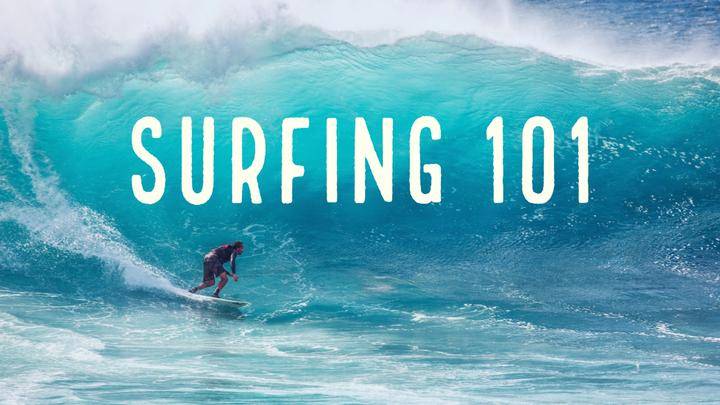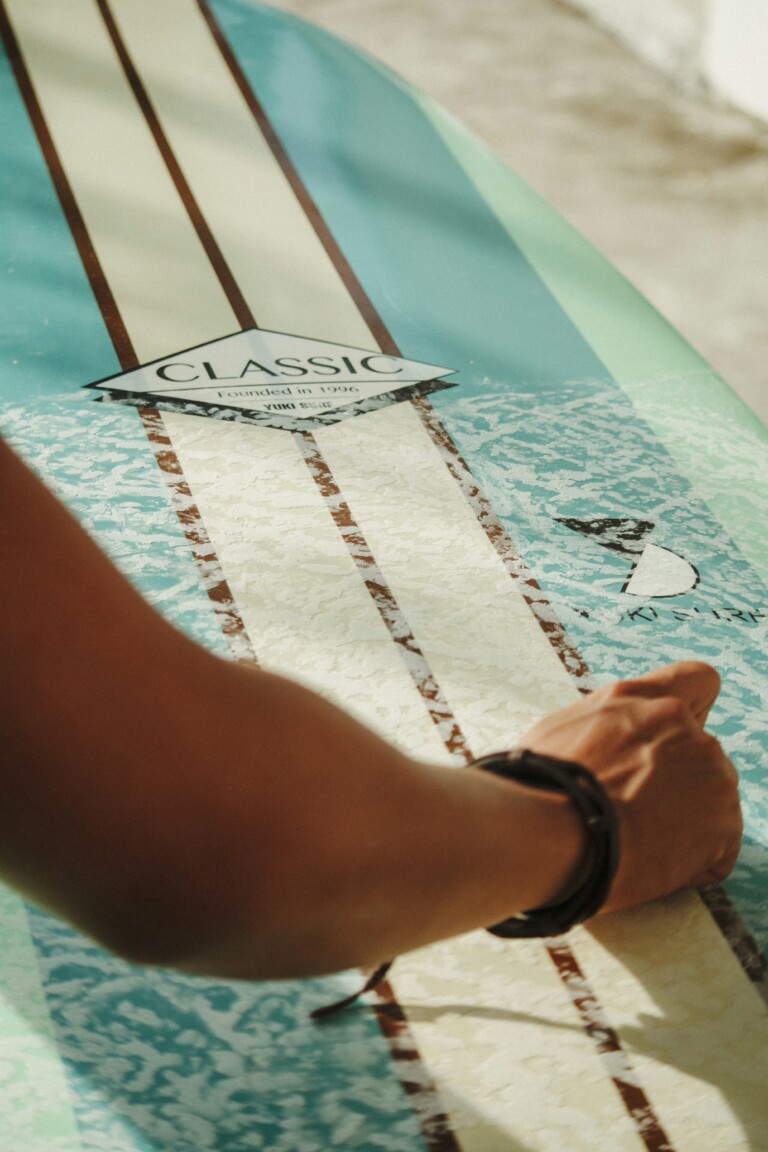Science impacts our lives every second of every day. The amount of science taking place just for you to read this post is staggering, yet we don’t think about it at all. For most people, science gets the most interesting when it explains something that looks amazing or cool, like a rainbow, or a flying fish, or, in today’s example, a surfing human. Understanding the underlying science not only opens a new view of surfing, but it can also help you to improve your technique. There are three parts to surfing, the wave, the board, and the person trying to surf. While a lot of forces have to work right to successfully surf, understanding the basics of just a few can help.
WAVES
Everyone knows what a wave is. It’s a big watery thing that hits the shore. What may surprise you is that a wave isn’t water matter, it’s an energy. It’s more accurate to say that a wave moves THROUGH water than it is to say that a wave IS water. Most waves get their energy from the wind. The wind pushes on the ocean, casing little ripples that, over time, combine and grow in strength, until, one day, they crash on the shore.
To better understand why that happens, think of moving your hand through the water in a pool while you have your hand perpendicular to the surface of the water – basically straight up. If you have your hand completely under the water and try to move it quickly, you feel a lot of pushback from the sea. As you raise your hand out of the water, it gets easier to move your hand. Wave energy moves through water much like your hand and, just like your hand, it forms a column. The bottom part, under the surface, has to work harder than the part you see above water to move forward, but it’s all one column, and it holds together as long as the water is deep enough for the column to run with just the top sticking out. However, as the wave gets closer to shore, the water gets shallower, which forces the energy column higher above the surface. Just like with your hand, the whole thing can move faster, but it takes less energy for the top to move than it does the bottom. As it nears shore, the top lifts so far out of the water that it is moving faster than the bottom part still underwater, and the whole wave tilts forward. Eventually, the top gets far enough ahead of the base that it starts to fall or curl over since a liquid can’t hold together in that state. The falling or curling part is what you surf on.
SURFBOARDS
A surfboard floats because the density of the materials used to make a surfboard is less than the density of water. If you’ve ever carried a big bottle of water, you know it’s heavy. It is also dense. While not everything will float in water, a lot of things will, including surfboards, because surfboard makers choose materials that they know are less dense than water.
Surfboards always have a curved front edge for two reasons. First, it takes less energy to move a curved edge through water than it does a flat edge. Second, and more importantly, the curve forces water to move to either side of the board. This results in the water under the board moving faster than the water running to the sides of the board. This difference in speed generates lift on the front of the board. It’s similar to the wing of a plane, where the air underneath the wing moves faster than the wind above or on the side of the wing. On a surfboard, that lift makes it easier to not only ride the wave but also to “steer” through it, because the lift reduces your drag on the water.
SURFERS
If you’ve tried surfing, you know you can’t just sit in the water on your board and have a wave lift you up into a surfing posture. If you’ve tried doing that, you know what happens – the wave does lift you up, but it also sets you back down as it passes you by. This happens because remember that a wave is energy moving through the water. In fact, the water itself barely moves, and the movement it does make is mostly in a circular motion, kind of like the energy moves along a watery conveyer belt. The water turns to let the energy move forward, but the water itself doesn’t really go anywhere. This is why you barely move, relative to the shore, if you just sit on a board and let waves pass underneath you. From the wave’s point of view, you’re not much different from the water itself.
The reason it’s called “catching” a wave is that you really do have to catch it. You do that by paddling fast enough to match, or almost match the speed of the wave. Once you do that, the wave no longer views you as part of the water, but instead as part of the wave. At that point, it will happily move you along with itself. But remember that a wave near the shore is essentially a column that is falling forward, so what you ride is that falling-forward part. Just like anything that falls, a wave has a lot of energy, so once you’re riding the falling edge of the wave, get ready for some speed!
As the title of this post suggests, this is a very basic view of the science behind surfing. There are many other forces at play when you surf, but at a basic level, it does come down to the energy of the wave, the buoyancy of the board, and the actions of the surfer.
















